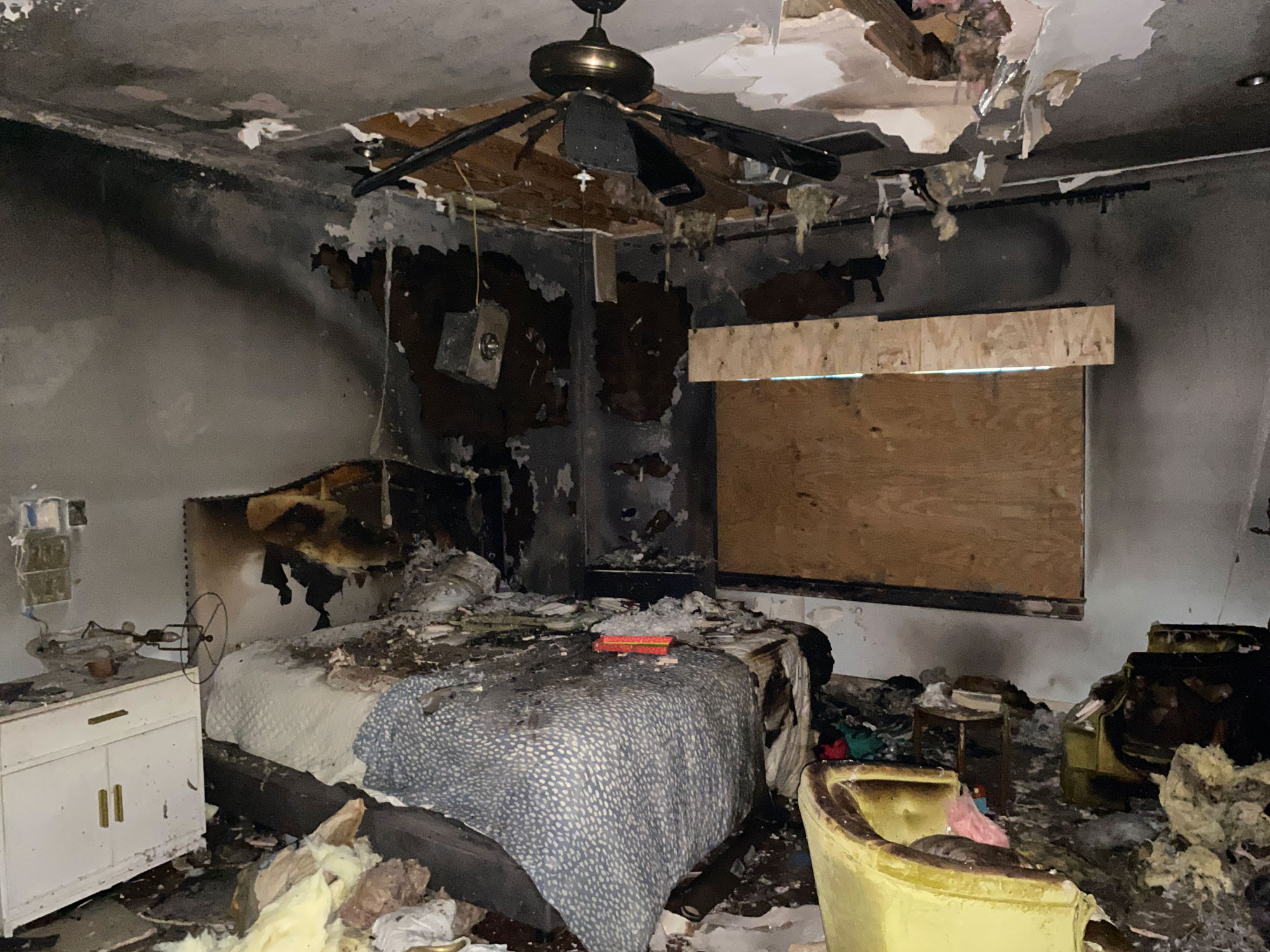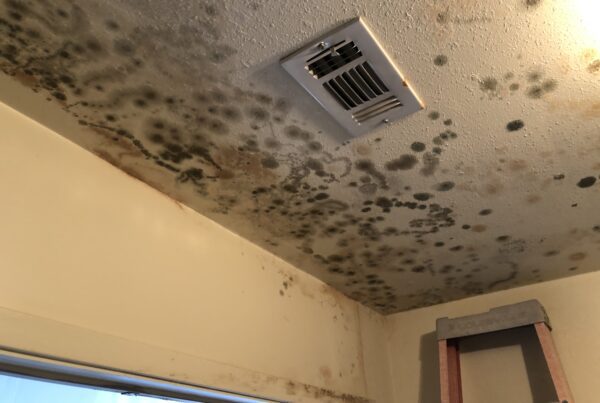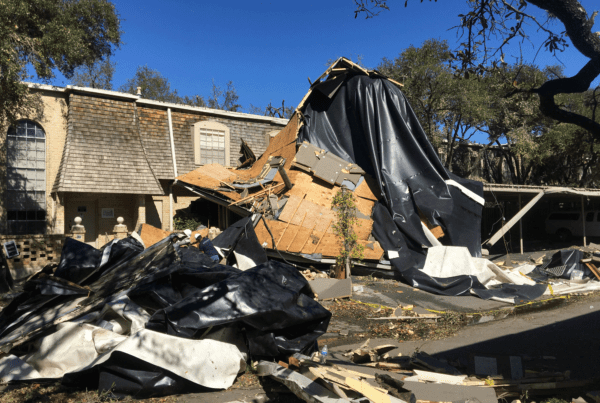Let’s take a trip down memory lane. We are sitting in chemistry class and mix up a couple of different things, all of sudden some kind of reaction happens and the beaker overflows with bubbles. Cleaning fire residue is kind of like that, only instead of a controlled lab experiment we are dealing with a chaotic mess of smoke, soot, and debris left behind after a fire. Understanding the chemistry behind smoke and soot removal is vital for a successful project. Knowing the right methods and products to break down stubborn residues at a molecular level will set the project up for success. Below we will explore essential fire cleaning principals and explore the science behind each step.
Step 1: Solvent Action: Not all cleaning solutions are created equally when it comes to removing smoke residues. Most water-based cleaning products used in fire mitigation are alkaline (pH7-14), as smoke residues are typically acidic. The letter “pH” stands for the potential of hydrogen, and pH measures the concentration of hydrogen atoms in a given solution. The higher the pH level, the more aggressive the cleaner will be at breaking down the residues. Smoke residues often contain oily substances, a solvent is required to dissolve them for effective removal. Water, often called the “universal solvent,” works well for most residues, but organic solvents are needed for greasy, oily, or waxy substances. Choosing the right solvent for the job is crucial to ensure effective cleaning without damaging the surface beneath.
Step 2: Chemical Reaction: In some cases, cleaning requires more than just dissolving residues; it demands a chemical reaction. The chemicals within a cleaning product interact with the contaminant to for a new substance that can be easily wiped away. A great example of this is rust. Rust, and oxidized metallic residue, reacts with acidic cleaning products to create a compound that can be washed away effortlessly. Gaining an understanding of how these reactions happen will allow you to choose the right product to neutralize and remove stubborn residues without unnecessary scrubbing to potential surface damage.
Step 3: Lubrication: Lubrication reduces friction between the surface and the smoke residue. Imagine trying to remove a sticky residue without scratching the surface underneath. This is where lubrication becomes your best friend, making it easier to wipe away the contaminates. An example of this is applying vegetable oil soap on finished wood surfaces to help loosen and lift the smoke residue without harming the wood. This technique is especially useful on delicate surfaces that water, harsh chemicals, or stiff-bristled brush might damage.
Step 4: Agitation: At times, a little elbow grease is necessary to get the job done. Agitation involves using physical force to suspend, or dislodge soot and smoke residues so they can be easily removed. Depending on the level of contamination and the type of surface, the tools used can vary from a soft terrycloth towel to a stiff-bristled brush. A more vigorous approach may be required for surfaces with heavy soot accumulation. However, always be mindful of the material you are cleaning—too much force on a delicate surface can do more harm than good.
Step 5: Temperature: If you are cleaning up soot, the property has already had its fair share of heat; however, increasing the temperature is a powerful method for cleaning stubborn residues. Cleaning with higher temperatures accelerates chemical reactions, opens pores in the material, and helps speed up the drying process. For example, using warm water in your cleaning solution can help quickly break down oily residues. But remember to check the surface’s tolerance for heat first—some materials can be damaged or warped by high temperatures.
Step 6: Dwell Time: The term “Dwell time” refers to the amount of time a cleaning agent remains in contact, or “sits on” a contaminated surface before being removed. This allows the cleaning agent’s chemicals to fully interact with the residue, and break it down effectively. Each product will have specific instructions regarding dwell time, so it is important to read labels and follow the manufacturer’s recommendations. Too short, and the cleaner will not be effective; too long, and you might risk damaging the surface or leaving unwanted residues.
Having a good understanding of the science behind smoke and soot removal will aide in the effectiveness of any fire restoration project. Until next time my friends, be prepared and stay safe.
All of us at the Gerloff Company would like to wish you and your family a happy Thanksgiving!
Reference: “How to Apply Fire Cleaning Principles: The Chemistry of Smoke and Soot Removal” by the Know How Team





